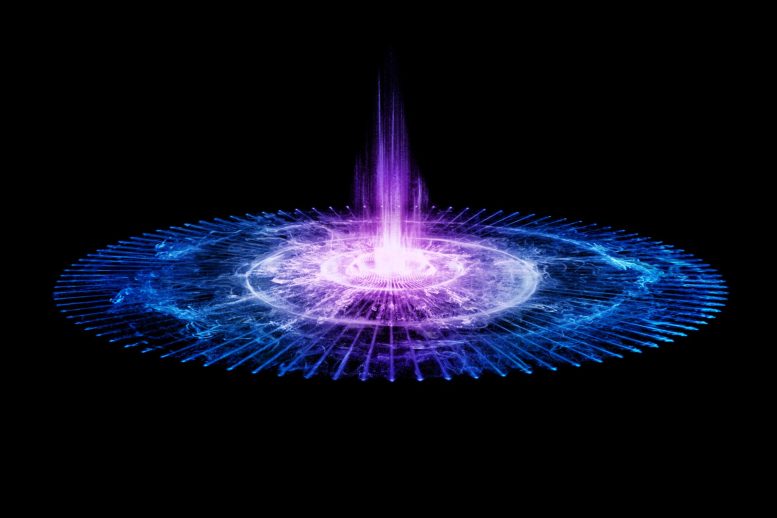
The Majorana Demonstrator, a six-year experiment conducted by researchers from Indiana University and international collaborators, sought to answer significant questions about fundamental physics laws, particularly regarding neutrinos. The study aimed to observe whether neutrinos could be their own antiparticles and the occurrence of neutrinoless double-beta decay, which, although not conclusively observed, provided valuable insights into neutrino decay timescales, dark matter, quantum mechanics, and demonstrated that the research techniques used can be scaled up for future work in understanding the universe’s composition.
A team of researchers from Indiana University, along with international collaborators, is actively engaged in unraveling fundamental mysteries surrounding the fundamental laws of physics that govern our universe.
Over the past six years, a team of researchers from Indiana University, together with international collaborators, has been working to unlock the mysteries of the basic physical laws that rule our universe. They carried out an experiment known as the Majorana Demonstrator, which has significantly advanced our understanding of neutrinos, one of the universe’s fundamental building blocks.
The experiment’s final report was recently published in Physical Review Letters.
Neutrinos, tiny particles comparable to electrons but devoid of electric charge, rank as the second most plentiful particles in the universe, trailing only light. Despite this abundance, they prove challenging to study because they do not interact the way other particles do.
“Neutrinos have a profound impact on the universe and physics at every imaginable scale, surprising us down at the particle interaction level and having broad impact up through the cosmic scales,” said Walter Pettus, an assistant professor of physics in the IU College of Arts and Sciences. “But they are also the most frustrating to study because we know so much about them, yet we have so many gaps.”

Nafis Fuad. Credit: Indiana University
The Majorana Demonstrator, a collaboration of 60 researchers from 24 institutions, was designed to fill many of those gaps at the same time, probing into the most fundamental properties of neutrinos.
One aspect they hoped to observe was whether the neutrino could be its own antiparticle – a subatomic particle of the same mass but with the opposite electric charge. Since the neutrino is uncharged, it is the only particle in the universe that could be its own antiparticle. Understanding that would provide insight into why the neutrino has mass in the first place – information that would have widespread impacts in understanding how the universe was formed.
To determine if the neutrino is its own antiparticle, the researchers needed to observe a rare occurrence called neutrinoless double-beta decay. However, this process takes a single atom at least 10^26 years – significantly longer than the age of the universe. Instead, they chose to observe nearly 10^26 atoms over the course of six years.
To observe this incredibly rare decay, the researchers needed the perfect environment. In the Sanford Underground Research Facility in the Black Hills of South Dakota, located a mile underground, they built one of the cleanest and quietest environments on Earth. Extremely sensitive detectors were made of high-purity germanium and were packed in a 50-ton lead shield and surrounded by materials of unprecedented cleanliness. Even the copper used was grown underground in their lab with impurity levels so low they couldn’t be measured.
Pettus and a team of IU students were responsible primarily for analyzing data from the experiment. Graduate student Nafis Fuad, undergraduate senior Isaac Baker, sophomore Abby Kickbush and Jennifer James, a student with the Research Experiences for Undergraduates Program, have been involved in the project. Their focus has been on understanding the stability of the experiment, analyzing details of the recorded waveforms, and characterizing backgrounds.

Walter Pettus. Credit: Indiana University
“It’s like looking for a tiny needle in a very, very, very big haystack – you have to carefully get rid of all the hays (a.k.a. backgrounds) possible, and you don’t even know if there’s actually a needle in there in the first place or not,” Fuad said. “It’s very exciting to be a part of that search.”
While the researchers ultimately did not observe the decay they hoped for, they did discover that the neutrino’s scale for decay is longer than the limit they placed on it, which they will test further during the next phase of the experiment. In addition, they recorded other scientific results – ranging from dark matter to quantum mechanics – that helps provide a better understanding of the universe.
Through the project, the researchers proved that the techniques they utilized could be used at a much larger scale in a potentially game-changing search that could help explain the existence of matter in the universe.
“We didn’t see the decay we were looking for, but we have raised the bar on where to look for the physics we’re going after,” Pettus said. “True to its name, the Demonstrator advanced critical technologies that we are already leveraging for the next phase of the experiment in Italy. We may not have broken our picture of physics yet, but we’ve certainly pushed the horizons, and I am very excited about what we have accomplished.”
The next phase of the project, called LEGEND-200, has already begun taking data in Italy, with plans to run over the next five years. Researchers aim to observe the decay happening at a magnitude higher sensitivity than the Majorana Demonstrator. Beyond that, thanks to support from the U.S. Department of Energy, the team is already designing the successor experiment, LEGEND-1000.
Pettus is excited about the future of this work and looks forward to involving more students in the project, both in data analysis and hardware development for LEGEND-1000.
“If we discover the neutrino is its own antiparticle, there will still be ground under our feet and stars in the sky, and our understanding of physics doesn’t change the reality of the physical laws that always have and continue to govern our universe,” Pettus said. “But knowing what’s down there at the most fundamental level and how the universe works gives us a richer, more beautiful world to live in – or possibly just weirder – and that pursuit is fundamentally human.”
Reference: “Final Result of the Majorana Demonstrator’s Search for Neutrinoless Double-β Decay in 76Ge” by I. J. Arnquist et al. (Majorana Collaboration), 10 February 2023, Physical Review Letters.
DOI: 10.1103/PhysRevLett.130.062501
The Majorana Demonstrator was managed by Oak Ridge National Laboratory for the U.S. Department of Energy Office of Nuclear Physics, with support from the National Science Foundation.



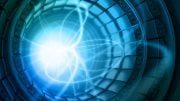
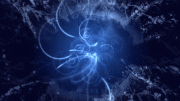
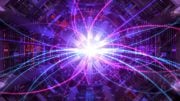
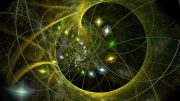
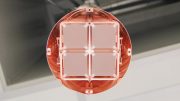
According to the topological vortex gravitational field theory, everything is the interaction of topological vortex gravitational fields, including Neutrino. Particle is its own antiparticle, which is one of the forms of topological vortex interaction. Under the framework of topological vortex gravitational fields, everything will become clearer, simpler and more realistic.
No, because you just made all that up, for reasons other readers have a hard time understanding.
You are very smart and right! I made mathematical concepts up the basic structure that dominates the physical world, rather than using God and cats. However, God and cats are too important for today’s physics, and it seems that you have a thorough understanding.
“To determine if the neutrino is its own antiparticle, the researchers needed to observe a rare occurrence called neutrinoless double-beta decay. However, this process takes a single atom at least 1026 years – significantly longer than the age of the universe.”
1026 years… significantly longer than the age of the universe? What am I a missing?
Not only does it constantly explain the myths in dreams, but some people and so-called academic journals in contemporary physics are far more shameful than this.
10 to 26th power
Besides the typo for 10^26 from the reprinting the Indiana University press release here on SciTechDaily, the press release is sloppy:
“Since the neutrino is uncharged, it is the only particle in the universe that could be its own antiparticle.”
The particles referred to are fermions, matter particles. while it is well known that bosons, force particles, are their own antiparticle. E.g. uncharged photons are their own antiparticles, as is the uncharged Higgs and the uncharged Z and so on.